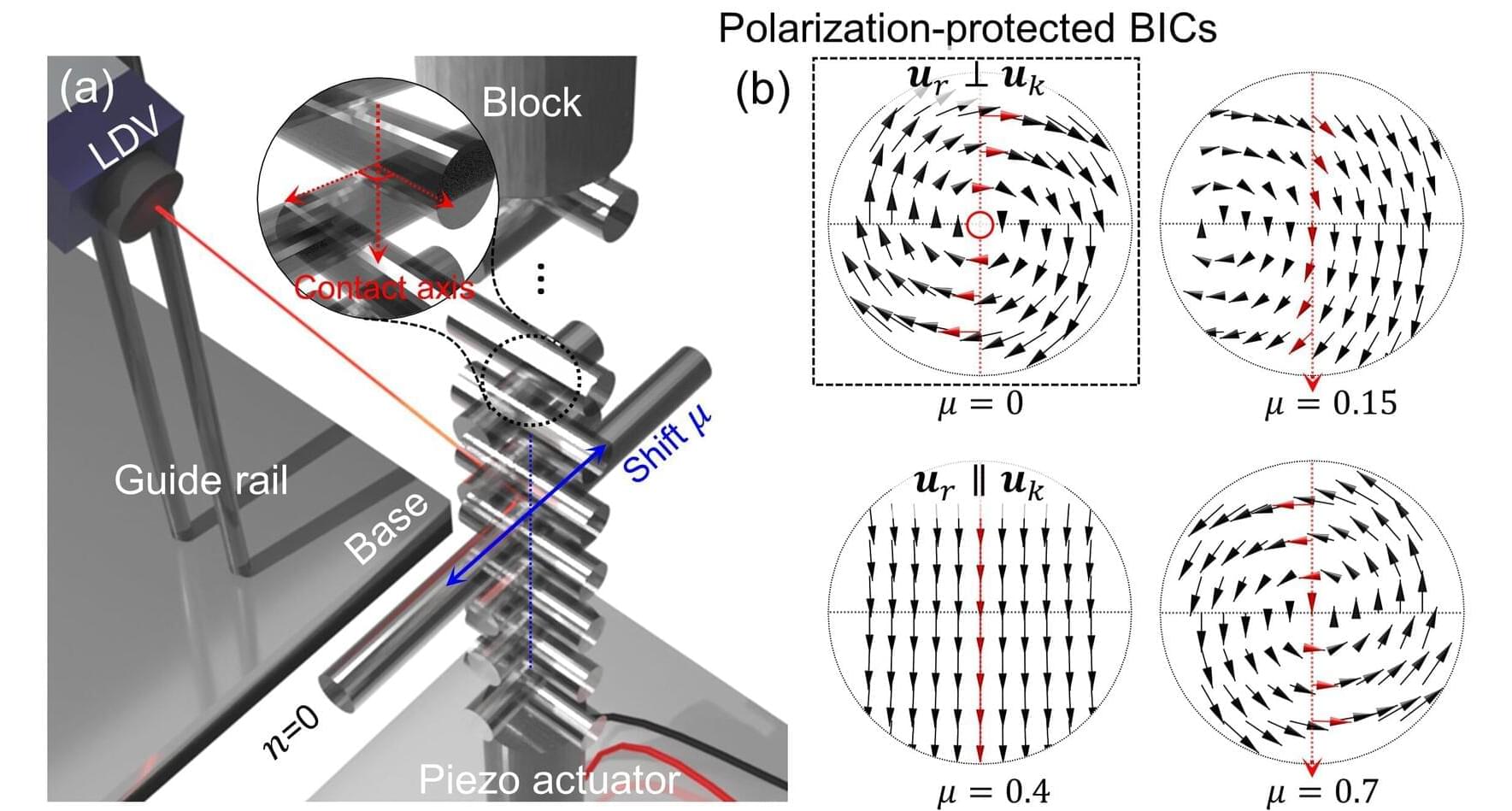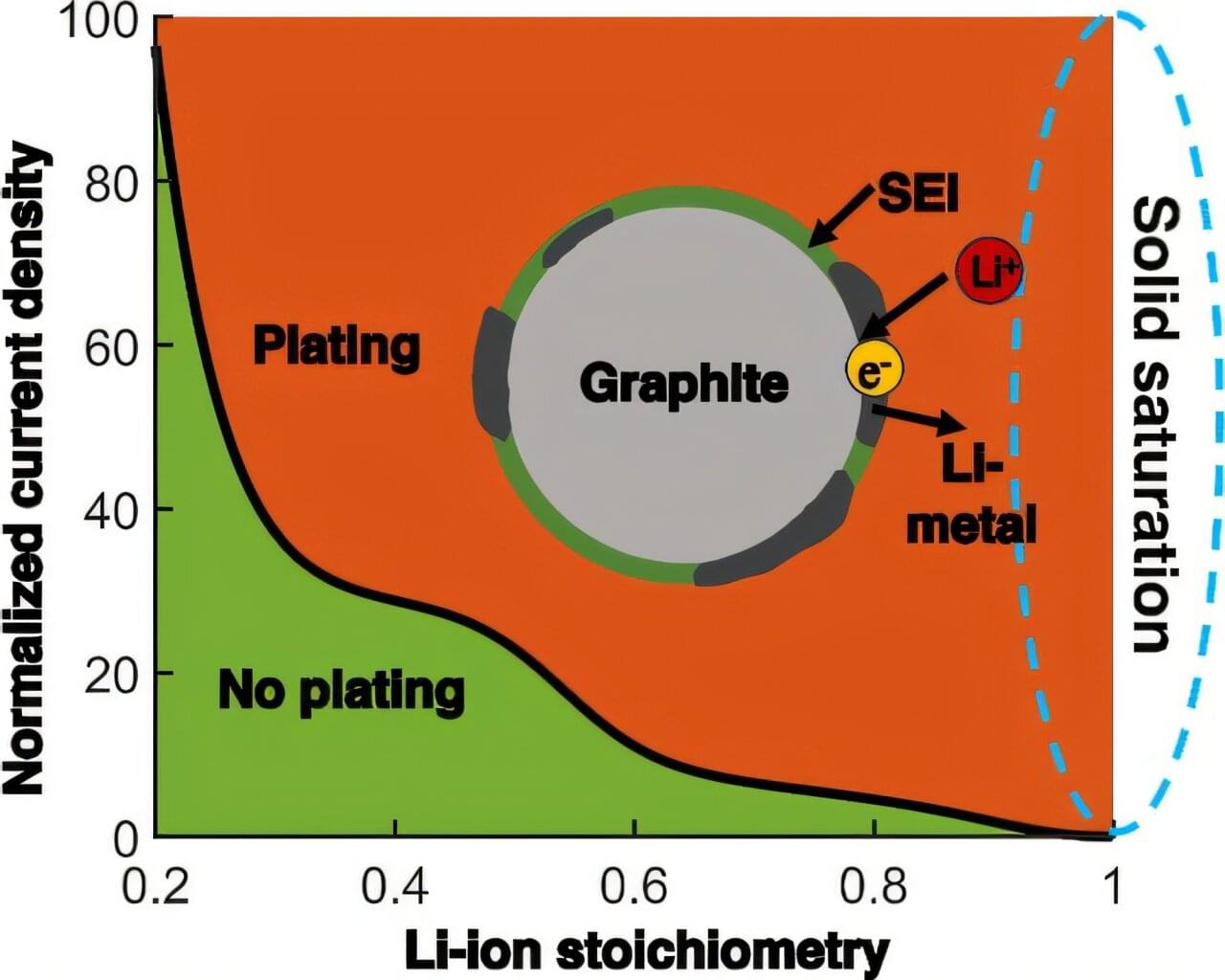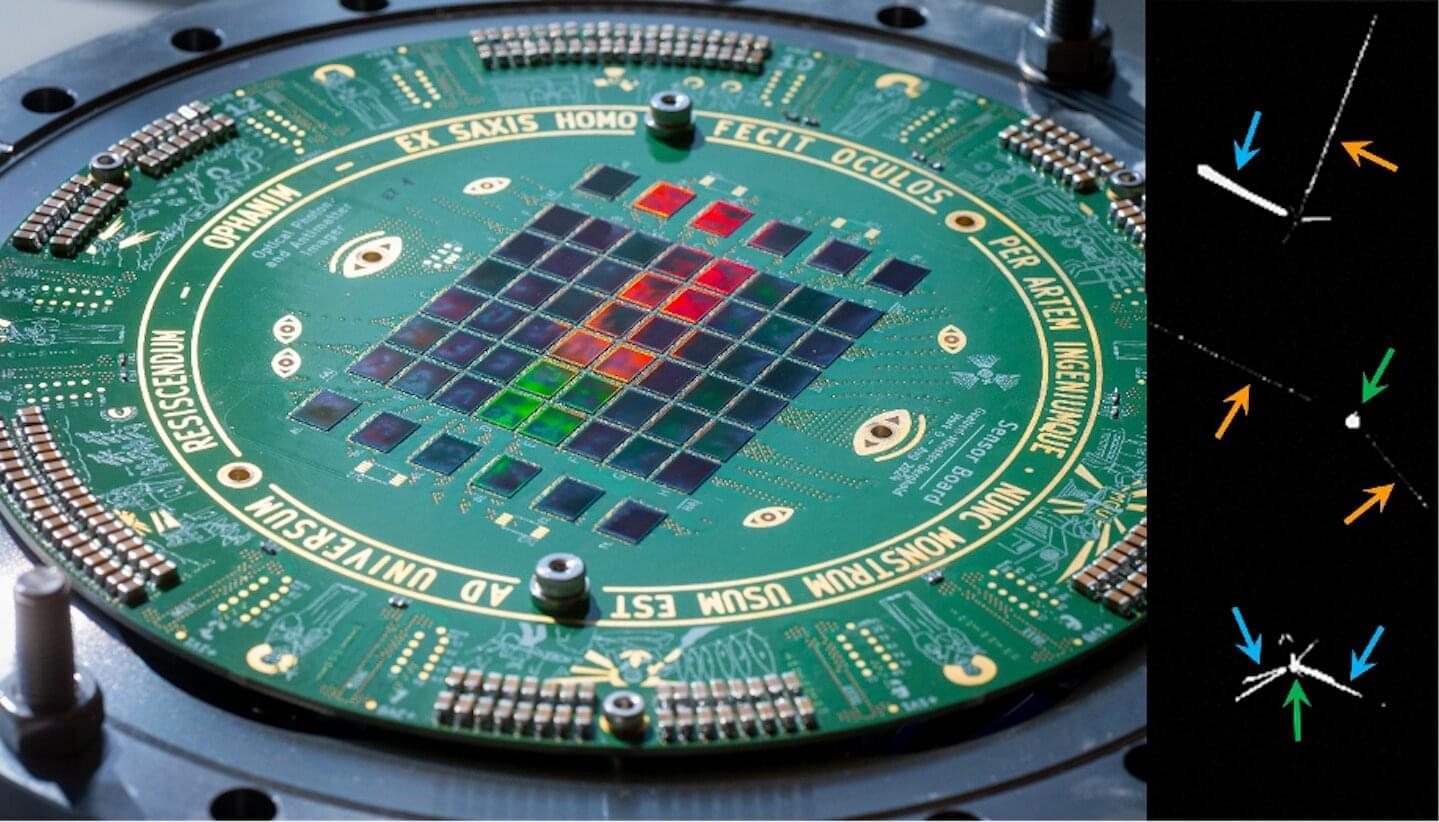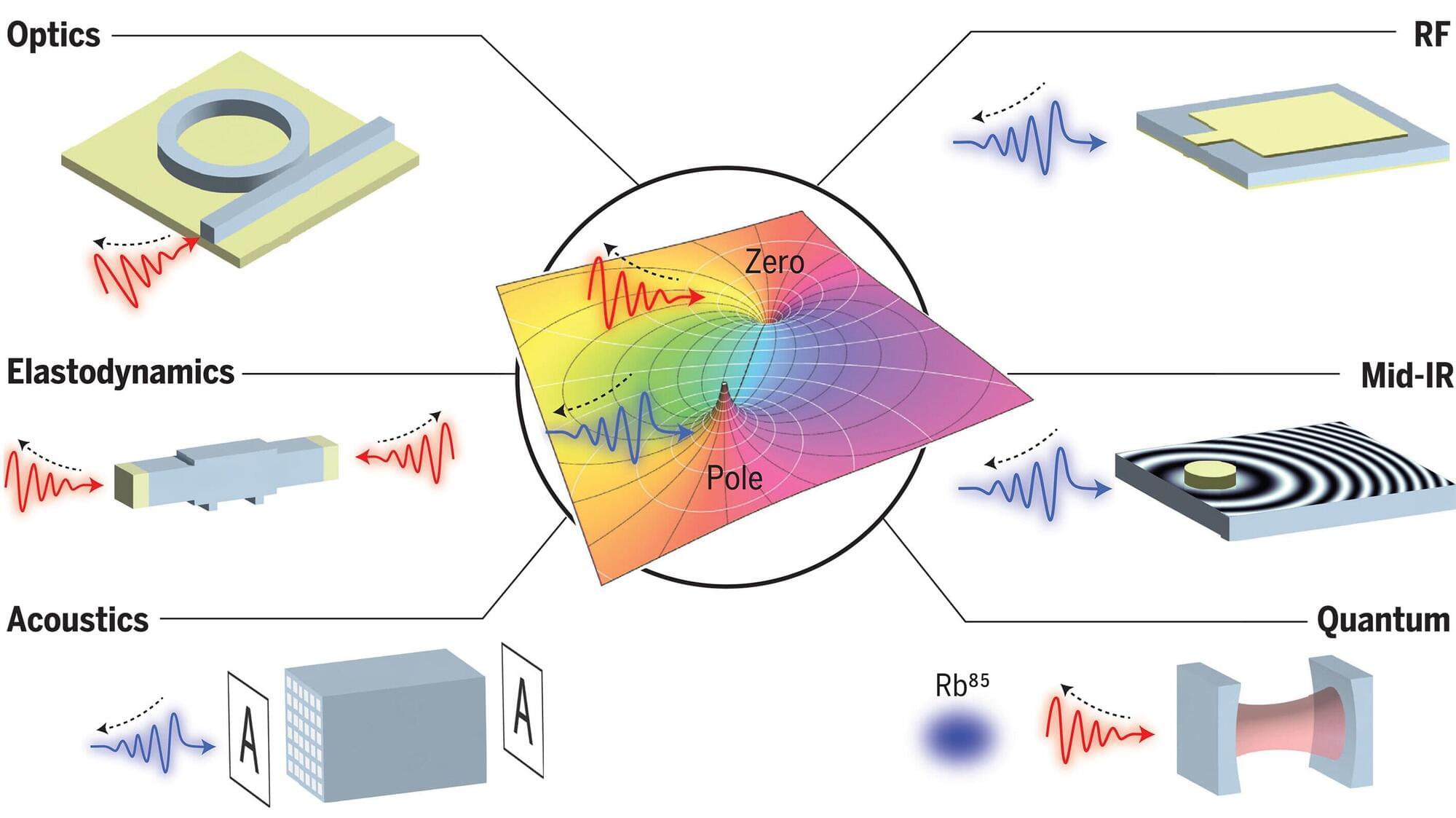A joint research team has successfully demonstrated the complete confinement of mechanical waves within a single resonator—something long thought to be theoretically impossible. Their findings, published on April 3 in Physical Review Letters, mark a major breakthrough in the century-old mystery of bound states in the continuum (BIC). The team is from POSTECH (Pohang University of Science and Technology) and Jeonbuk National University.
Many technologies around us—from smartphones and ultrasound devices to radios—rely on resonance, a phenomenon in which waves are amplified at specific frequencies. However, typical resonators gradually lose energy over time, requiring constant energy input to maintain their function.
Nearly a century ago, Nobel laureates John von Neumann and Eugene Wigner proposed a counterintuitive concept: under certain conditions, waves could be trapped indefinitely without any energy leakage. These so-called bound states in the continuum (BIC) are like whirlpools that remain in place even as a river flows around them. But for decades, scientists believed this phenomenon could not exist in a compact, single-particle system.








